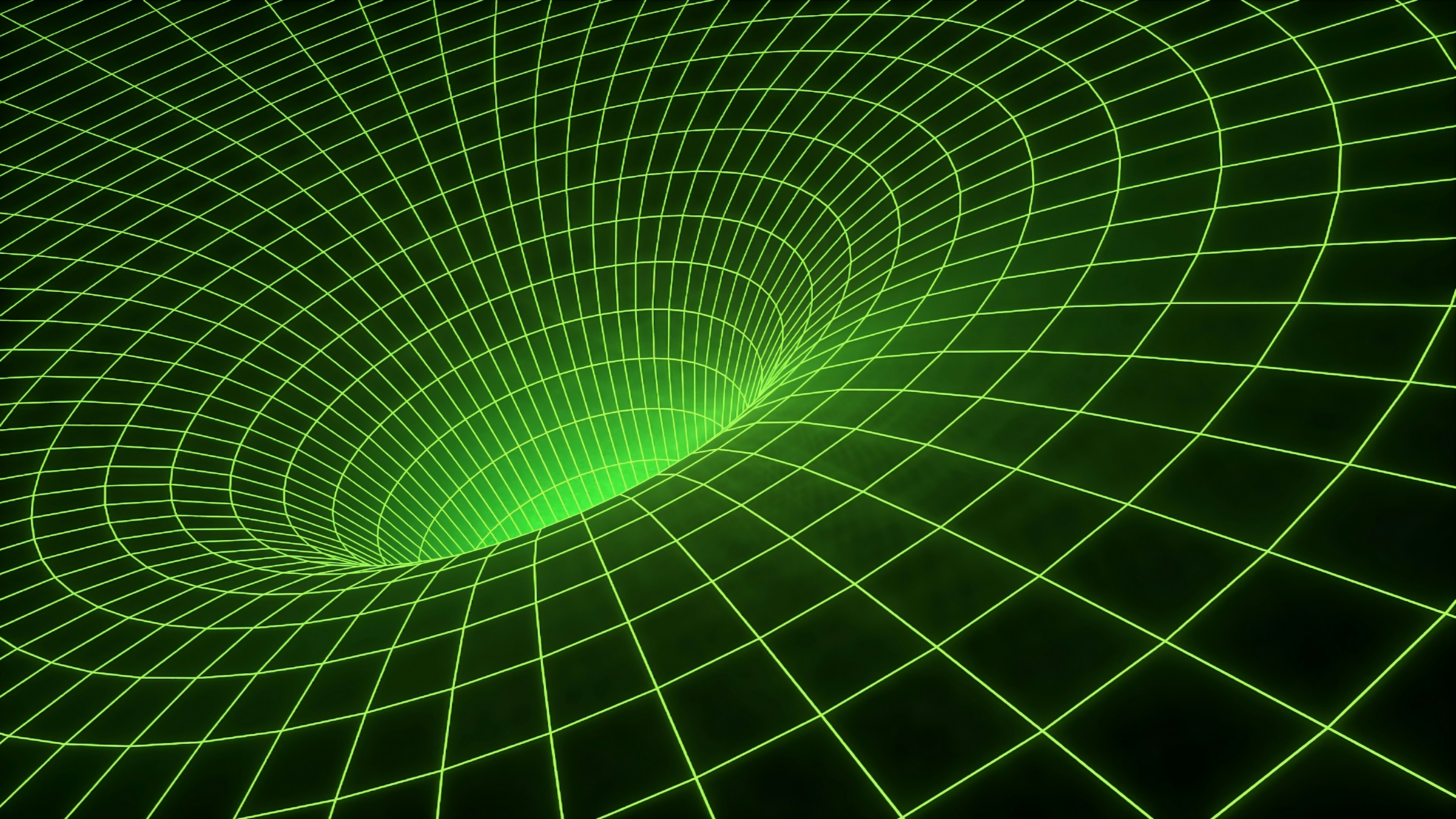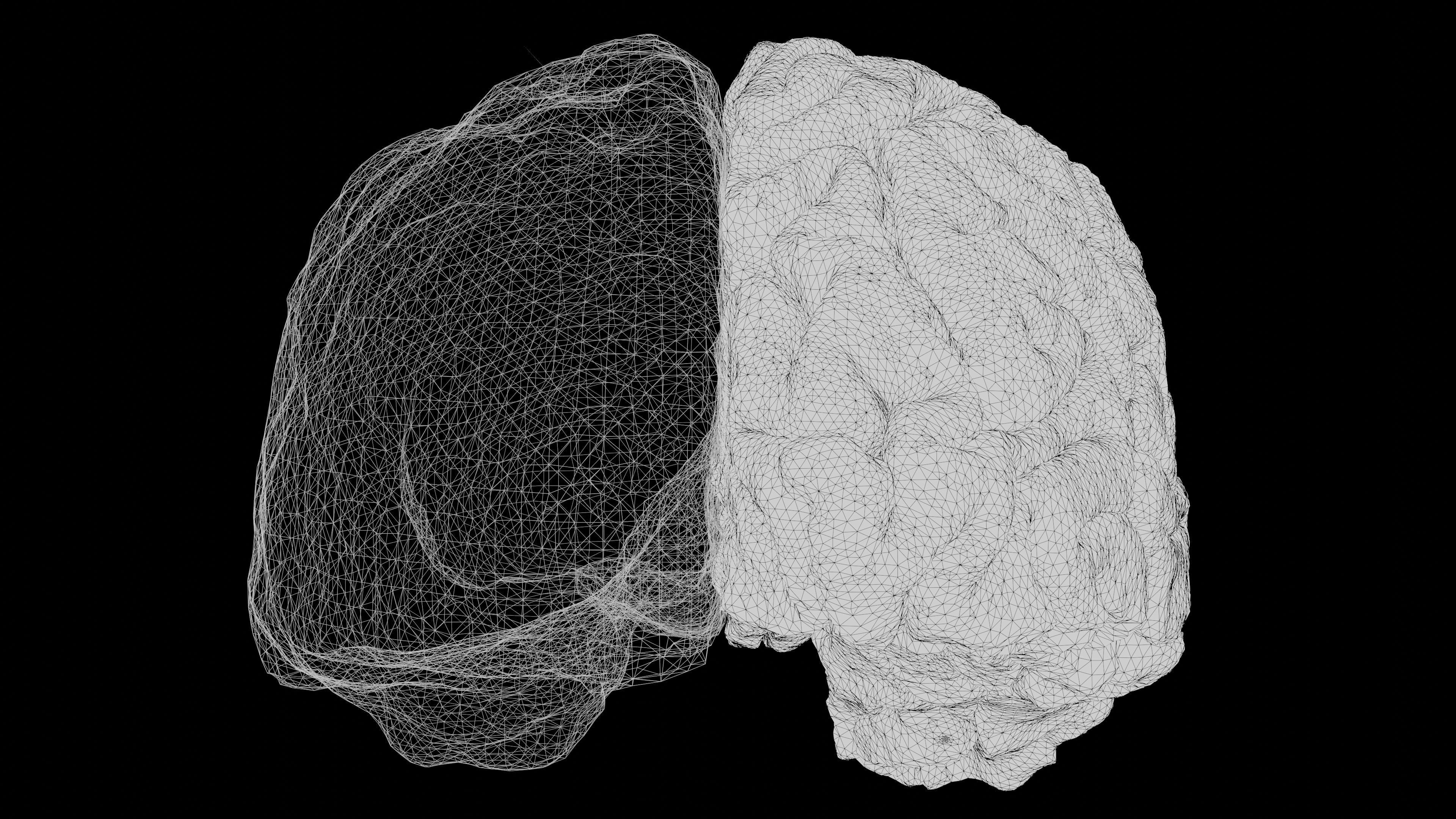Master Light and Shadows: Transform Your Photography Gear Choices
In the world of photography, every adjustment to light and shadow can alter not just the image you're capturing but also the gear choices you make. The interplay of light and dark has a psychological impact that extends beyond the technical elements of your equipment; it influences how stories are told through your images and reveals hidden narratives waiting to be discovered. Understanding The Psychology of Shadows can elevate your photography skills and gear selection, allowing you to capture stories that resonate deeply with viewers.
The Symbolism of Shadows in Photography

Shadows often embody mystery, depth, and emotion. They can transform the mundane into the magical, allowing the photographer to unveil narratives that would otherwise remain unnoticed. When we manipulate shadows—using natural light or artificial sources—we provide context and contrast, enhancing the story being told. Shadows invite viewers to ponder and project their interpretations onto an image.
Consider a photograph of an urban landscape during dusk: shadows stretch across the pavement, hinting at untold stories of the city’s inhabitants, creating an atmosphere that’s both inviting and poignant. These elements encourage us to ask questions. Who walks down this street? What thoughts linger in the crevices of this metropolis? By understanding how shadows shape these narratives, you can refine your gear choices to better articulate these stories.
Understanding the Gear: Lighting Technology and Solutions

To harness the power of shadows in your photography, it’s essential to consider how your gear can help you manipulate light. Your choice of camera, lens, and accessories can significantly affect how shadows interact with your subjects. Here’s a breakdown of essential gear to consider when embracing the psychology of shadows:
Cameras That Capture Light and Shadow

-
Full-Frame DSLRs vs. Mirrorless Cameras: Full-frame cameras generally perform better in low light due to larger sensors, which is critical when you're looking to capture deep shadows without losing detail. Mirrorless cameras have improved immensely in dynamic range, making them a strong choice for shadow play. Brands like Canon and Sony offer excellent options that excel in various lighting conditions.
-
Dynamic Range: Cameras with a robust dynamic range allow more detail to be captured in both highlights and shadows. For example, consider exploring models such as the Sony A7 IV or the Nikon Z8, which can beautifully render shadowy areas while maintaining highlight detail.
Lenses: Crafting the Perfect Shadow

-
Prime Lenses: These are ideal for low-light conditions and can create beautifully blurred backgrounds that focus attention on shadows. Lenses like the 50mm f/1.8 are often favored due to their ability to blur the background and emphasize shadow play.
-
Wide-Angle for Landscapes: In outdoor photography, wide-angle lenses allow extensive shadow play, adding drama and depth. For example, the 16-35mm f/2.8 is a great choice for landscapes, enabling you to capture sweeping shadows cast by trees or buildings while immersing the viewer in the scene.
-
Lens Filters: A polarizing filter can intensify colors and reduce glare, enhancing the contrast between light and shadows in your images. This can ultimately lead to more profound emotional narratives.
The Role of Natural and Artificial Light

Mastering the use of both natural and artificial light is fundamental in manipulating shadows within your photography.
Embracing Natural Light

Natural light is often the most accessible resource for photographers. It changes throughout the day, influencing shadows in different ways. Early mornings and late afternoons—known as the golden hours—create elongated shadows that can add significant drama and interest to your photographs. Utilize directional sunlight to cast striking shadows and create compelling compositions centered around light contrast.
To learn more about this, check out the article on how to master negative space for impact.
The Power of Artificial Light

While natural light presents unique opportunities, artificial light sources can create controlled environments to manipulate shadows as you desire. Using tools such as speedlights or LED lights, you can cast unique shadows or eliminate unwanted ones.
-
Off-Camera Flash: This technique allows you to position your light source away from the camera, creating interesting shadows and depth. Experimenting with different angles can yield unexpected, captivating results.
-
Continuous Lighting Kits: These provide a steady flow of light, enabling you to visualize shadow effects in real-time while you’re composing your shot. Great for studio sessions, continuous lighting can accentuate features and textures that play along the edge of the shadow.
Techniques for Manipulating Light

Once you’ve selected your gear and understood how to use natural and artificial light sources, it’s time to hone your techniques for manipulating light and shadows.
Exposure Settings for Shadows

-
Adjusting ISO: Lower ISO settings will enhance shadow details, while a higher ISO can create grain, which may complement the texture within shadows. Finding a balance that works for your subject matter is key.
-
Aperture and Shutter Speed: A wider aperture (like f/2.8) can create a soft background blur that enhances shadows while a slower shutter speed can allow more light to create richer shadow details.
Composing with Shadows
-
Play with Angles: Shift your camera angles to alter how shadows fall across your frame. A slight adjustment can dramatically change the aesthetic of your photograph.
-
Layering Textures and Patterns: Overlapping objects can create unique shadow patterns. This can be done through a careful arrangement of everyday objects or by incorporating natural elements, offering complexity to your image.
If you want to learn more about incorporating textures, look into our post on composition and texture in photography.
Case Studies: Shadow Play in Iconic Photography
Examining renowned photographers who have skillfully manipulated shadows can offer valuable insights into your practice. Photographers like Henri Cartier-Bresson and Ansel Adams made shadows integral to their storytelling, capturing emotion and drama through light contrast.
Ansel Adams: Shadows and Landscapes
Adams famously utilized the zone system to manage light and shadow in his landscapes, understanding how each element influenced the overall emotional weight of his images. His images exemplify the critical role that shadows play in creating depth and perspective—important lessons for any aspiring photographer keen on making shadows work for them.
Henri Cartier-Bresson: The Decisive Moment
Cartier-Bresson’s concept of the "decisive moment" emphasizes the importance of timing and positioning when capturing everyday life. His images often play with natural shadows to convey tension and movement, underscoring narratives that invite viewers into the story.
The Psychological Impact of Light and Shadow
The relationship between light and shadow goes beyond mere aesthetic choices; it delves into psychological realms. Humans instinctively connect with visual contrasts, interpreting light and shadows as cues of safety, danger, intimacy, and isolation. By understanding these psychological underpinnings, you can evoke specific emotions in your audience through your imagery.
Evoking Emotions Through Shadows
-
Fear and Anxiety: Deep shadows in an image can elicit an emotional response of fear or tension. Utilizing shadows in dark corners or under overhangs can suggest danger or secrecy.
-
Comfort and Safety: Conversely, soft, diffused light with lighter shadows can create feelings of warmth and coziness. Capturing shadows of friends laughing under soft evening light can communicate joy and connection.
By knowing how to evoke certain emotions, you can strategically choose your equipment and settings to drive these feelings home.
The Future of Photography with Shadows
As technology continues to evolve, the realm of photography will equally advance. New tools, like AI-assisted editing software, can help photographers manipulate shadows and light post-capture. Techniques such as HDR imaging allow for the blending of multiple exposures, ensuring no detail is lost in either highlights or shadows.
Experimentation with Gear
It’s vital to maintain an experimental spirit. As you continue to understand the psychology of shadows and how your gear can influence them, don’t be afraid to push beyond conventional boundaries. Try using unconventional setups or gear; even simple changes can unlock new visual narratives.
You can find more about mastering innovative techniques in our article, mastering visual storytelling.
Final Thoughts: Transforming Your Photography Gear Choices
The fusion of light and shadow creates an extraordinary canvas for storytelling in photography. By understanding The Psychology of Shadows, you can enhance your gear choices to elevate your craft. Transition from merely documenting moments to creating compelling narratives that speak to the deeper human experience.
Invest in the right tools, embrace experimentation, and allow shadows to guide your creative journey. Encourage your audience to see beyond what exists on the surface—illustrate the hidden stories tucked away in the play of light and dark. In return, they'll find themselves emotionally connected to your work, profoundly impacted by the artistry embedded in each frame.
Adopt this understanding of shadows into your photographic philosophy, and watch as your skillset flourishes into a realm of captivating storytelling.



